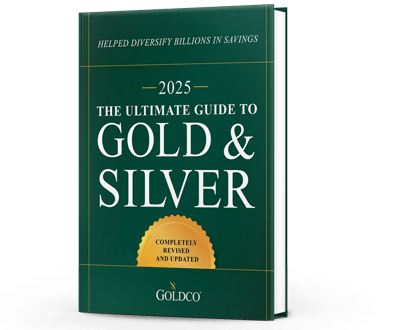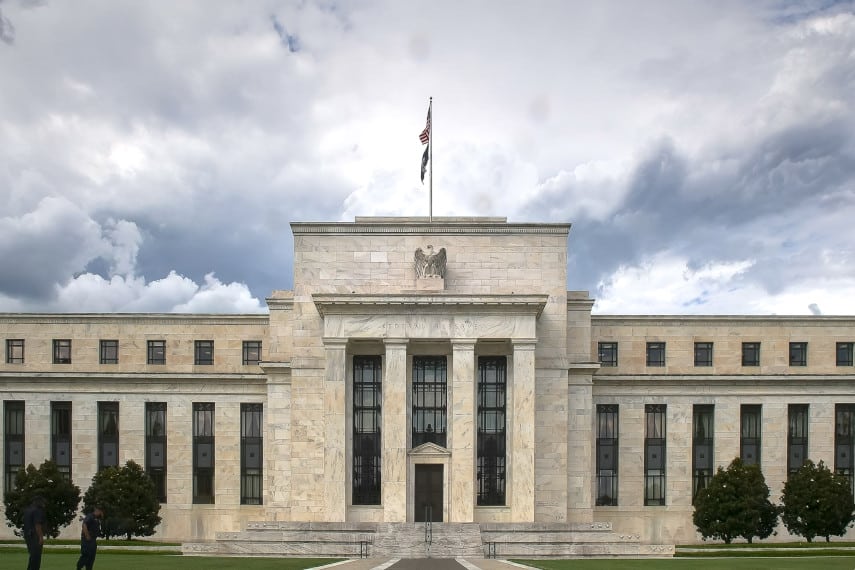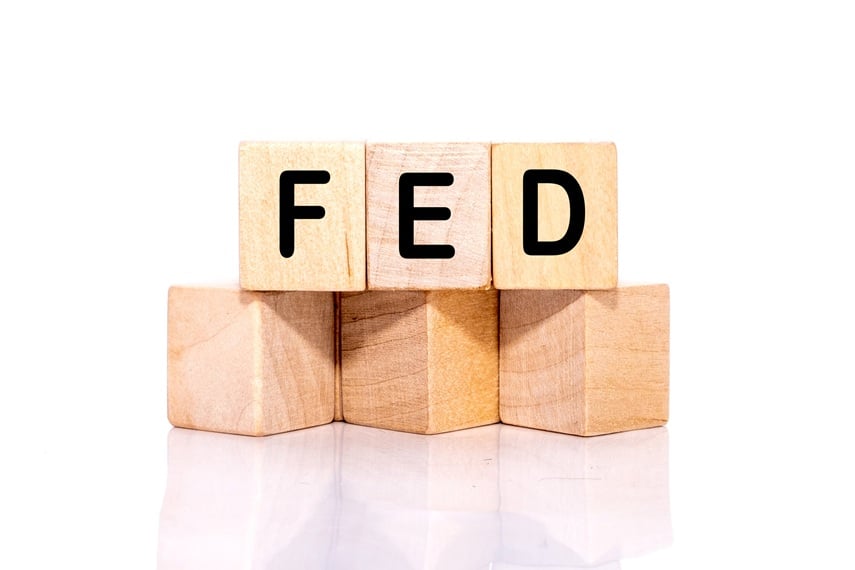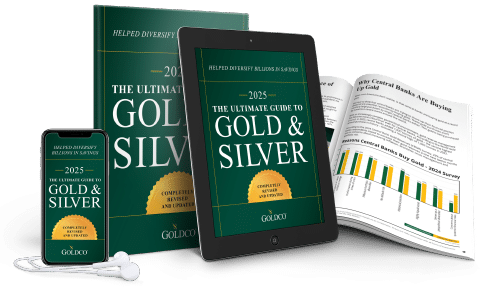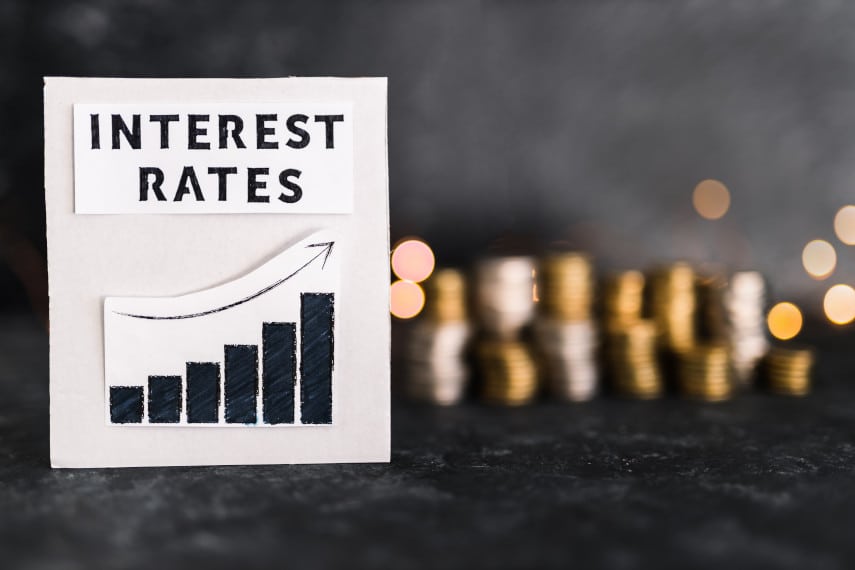
All eyes will be on the Federal Reserve this week as the Federal Open Market Committee meets to determine the future path of monetary policy. This will be the last meeting before Washington goes on vacation in August, so the Fed’s decision this week will impact markets into early fall.
The last FOMC meeting was the first in months that didn’t feature a hike of the federal funds rate, a decision that led to speculation as to whether the Fed would continue its pause going forward or not. Right now the speculation is that the Fed will likely hike rates again this week by another 25 basis points, given the supposedly strong labor market indicators.
Why the Fed Might Hike Rates
The Federal Reserve is famously tasked with a dual mandate, to maintain full employment and stable prices. That means that the Fed normally looks at both inflation data and employment data to determine how its monetary policy is functioning.
The problem with that is that employment data and inflation data may not tell the whole story about how the economy is doing. Just look at what is happening right now.
The current inflation rate is 3.0% year on year, while the unemployment rate is 3.6%. By most measures those are pretty good figures. The inflation rate is a little higher than the Fed’s 2% target, but it’s not horrible, and 3.6% unemployment would normally be considered spectacular.
It’s because of those figures that most people expect the Fed to raise rates this week. But those great numbers are hiding some real problems in the economy.
For one thing, debt levels are at all-time highs and continue to rise. That’s a worrying sign for the health of the economy, particularly at a time when interest rates are rising. The last time we saw rising interest rates and record-high debt levels was just before the 2008 financial crisis.
These large debt loads will keep businesses and households from being able to weather a a future crisis. And we’re already seeing how rising interest rates are starting to impact commercial real estate, with some companies opting to default on rent payments rather than continue taking a hit to pay for real estate they purchased when the outlook for the future was far different than it is today.
But all these potential headwinds haven’t yet come to a head. We don’t have our “Lehman moment” yet. And so, with inflation declining and employment still looking relatively strong, the Fed certainly has every reason to hike the federal funds rate.
Why the Fed Might Not Hike Rates
The one thing that seems absolutely certain is that the Fed won’t cut rates this week. The Fed has always lagged behind when it comes to fighting recessions, only taking action once it’s apparent to them that the economy is heading downhill.
The Fed could decide to pause its rate hikes once more, which would come as a major shocker to Wall Street. Why might this happen?
For one thing, inflation has come down significantly from its peak last year. And while it’s higher than the Fed would like, it still continued to come down even after the Fed’s rate pause. So the Fed could decide to pause for one more meeting just to see whether inflation continues to decrease.
The next two consumer price index (CPI) releases are coming on August 10th and September 13th, both before the Fed’s next interest rate decision on September 20th. Could the Fed decide to wait it out and see how inflation fares before making another rate hike decision? It’s certainly possible.
If inflation were to continue to fall over the next two months, then the Fed could chalk it up to its rate hike cycle and conclude that it doesn’t need to continue to raise rates. If inflation were to remain stuck around 3% then the Fed could either continue holding or could raise rates again in September. And if inflation were to rise before September, the Fed would almost certainly raise rates again.
This is likely all part of the calculus that is going through Fed policymakers’ heads right now. The Fed doesn’t want to fall behind on fighting inflation, which was the case over the past few years. Nor does it want to hike so much that it brings on a recession much quicker, which could erode the Fed’s credibility even further. Meanwhile, the rest of us have to wait with bated breath every six weeks to see just what the Fed is doing and figure out how it will impact us.
Rate Hikes, Recession, and Gold
If you think all of this seems suspiciously similar to what happened in 2008, you’re not alone. Back then the Fed raised rates until late in 2006, paused for a while, then began to cut rates in 2007. The recession began in December 2007, shortly after the Fed began cutting rates, and we all know what happened thereafter.
Markets lost over 50% of their value, millions of people lost savings and investments they had spent years building up, and the Fed responded by driving the federal funds rate down to zero. After over a decade of ultra-low interest rates we’re now seeing the results of that policy, along with the results of trillions of dollars of fiscal stimulus in 2020.
Many Americans are fearful that we’re going to see a repeat of 2008, and that their finances are going to take a hit just like they did back then. That’s why more and more Americans are turning to gold to try to protect their savings.
Gold has been a valued and trusted safe haven asset for centuries. And its performance in recent decades has helped to solidify its reputation as a store of value and safe haven during times of economic turmoil and uncertainty.
During the 2008 crisis, gold gained 25% at the same time markets dropped by over 50% and then went on to set new record highs by 2011. Many people who were burned by their investments back then watched jealously as gold took off, and vowed that they would be prepared the next time a crisis threatened.
Now could be that time, and gold demand has been incredibly strong in recent years. With so many gold options to choose from, Americans from every walk of life can find a gold purchase option that suits their needs.
One popular method of buying gold today is through a gold IRA. A gold IRA is just like any other IRA except that it buys and holds physical gold coins or gold bars instead of financial assets like stocks, bonds, or shares of funds.
You can fund a gold IRA with a tax-free rollover of funds from an existing 401(k), 403(b), TSP, IRA, or similar account, allowing you to bypass normal IRA contribution limits and put your tax-advantaged assets to work for you buying gold. And that gold is subject to all the same tax advantages as any other IRA account.
It’s said that history doesn’t repeat itself but it often rhymes. The melody of 2008 is one that most Americans don’t want to hear again, but they may not have a choice. So if the Fed fails to stave off recession like it did in 2008, will we see gold take off like it did back then?
If you’re looking to protect your hard-earned savings against the risk of a coming recession, maybe it’s time to start thinking about how gold can play a role in your portfolio. Call Goldco today to learn more about how you can help safeguard your savings with gold.

